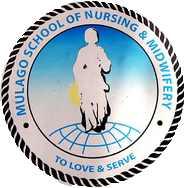Over 200 diseases are caused by eating food contaminated with bacteria, viruses, parasites or chemical substances such as heavy metals. This growing public health problem causes considerable socioeconomic impact though strains on health-care systems lost productivity, and harming tourism and trade. These diseases contribute significantly to the global burden of disease and mortality.
Foodborne diseases are caused by contamination of food and occur at any stage of the food production, delivery and consumption chain. They can result from several forms of environmental contamination including pollution in water, soil or air, as well as unsafe food storage and processing.
Foodborne diseases encompass a wide range of illnesses from diarrhoea to cancers. Most present as gastrointestinal issues, though they can also produce neurological, gynaecological and immunological symptoms. Diseases causing diarrhoea are a major problem in all countries of the world, though the burden is carried disproportionately by low- and middle-income countries and by children under 5 years of age
The work of World Health Organization is to:
Foodborne diseases are caused by contamination of food and occur at any stage of the food production, delivery and consumption chain. They can result from several forms of environmental contamination including pollution in water, soil or air, as well as unsafe food storage and processing.
Foodborne diseases encompass a wide range of illnesses from diarrhoea to cancers. Most present as gastrointestinal issues, though they can also produce neurological, gynaecological and immunological symptoms. Diseases causing diarrhoea are a major problem in all countries of the world, though the burden is carried disproportionately by low- and middle-income countries and by children under 5 years of age
The work of World Health Organization is to:

